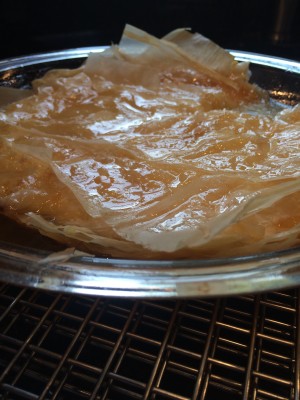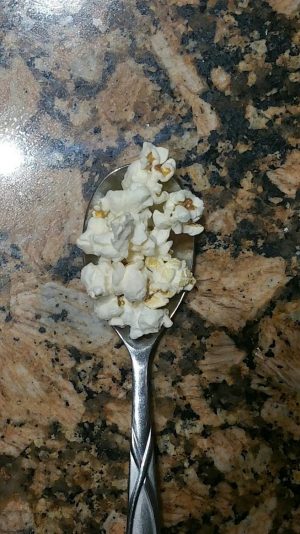Students share favorite snacks from Asian grocery stores
Many students buy Asian snacks that can be found in stores such as Lotte or H Mart.
December 2, 2020
Colorful chip bags, decorated candy boxes and classic cookie bins crowd the snack aisles of Asian grocery stores such as Lotte Plaza Market and H Mart. With foods from India, Japan, South Korea and more, these stores allow students to regularly enjoy their favorite ethnic snacks.
Kurkure: Packing a Punch
Blending a variety of spices into one crispy, airy and puffed chip, Kurkure is known as a staple for many with Indian backgrounds. The addictive taste that makes people grab one chip after another explains the immense popularity of the snack in its home country.
“People in India treat Kurkure as Americans treat Hot Cheetos,” senior Shruthi Solaiappan said. “I would say though that they’re much bigger in India, since practically everyone knows what it is, eats it and has it in their house.”
After living in India for six years as a child, Solaiappan eats Kurkure on a regular basis.
“When you first look at it, they look like Hot Cheetos, but they taste much spicier and more Indian,” Solaiappan said. “If you can handle your spice, you will absolutely love [Kurkure].”
Takenoko No Sato: Cookie-Chocolate Combo
Most Asian grocery stores also supply well-known snacks like Yan Yan, Hello Panda and Pocky directly from Japan. Takenoko No Sato, a bamboo-shoot-shaped cookie lined with mild chocolate, ranks number one for junior Sakura Tanaka.
“Most of the time with American snacks, they tend to be too sweet,” Tanaka said. “However with Takenoko No Sato, a Japanese snack, it’s not too sweet, so it’s the perfect combination [of cookie and chocolate].”
The snack not only provides joy with its comforting taste but also reminds Tanaka of other foods in Japanese cuisine.
“Takenoko is very commonly used in Japanese dishes such as Takenoko Gohan, which is fried rice with bamboo shoots,” Tanaka said.
My Gumi: Fruity, Juicy, Chewy
South Korean foods make up a large portion of Asian snack aisles, with some of the most popular being Choco Pie, Saewookkang (Shrimp Cracker) and Honey Butter Chip. Among this large selection, My Gumi, fruit jellies that come in flavors such as grape, strawberry, peach and even white grape, set a high standard for other American gummies, according to junior Alison Noh.
“Compared to Haribo Gold bears, My Gumi is much chewier, softer and bigger,” Noh said. “In terms of visuals, it looks way more appealing since [the gummies] are pretty and colorful, making it more enjoyable to eat.”
The difference between American and South Korean flavoring gives Noh another reason to claim My Gumi as superior.
“I feel that often in American jellies, they taste really artificial,” Noh said. “But with Korean jellies, they taste way more realistic in terms of flavor, and they’re not too overpowering either.”
Since her trip to Korea two years ago, My Gumi has become a must-have for Noh.
“Right before I left Korea, I was scared I wouldn’t be able to buy [My Gumi] in America, so I raided every convenience store that was on my way home and got almost all the jellies from each store,” Noh said. “I think I came home with more than 20 bags.”
Her realization that these snacks were sold at her local H Mart only made Noh’s love for My Gumi grow.
“I was so shocked [when I found out],” Noh said. “I bought so many and I felt like I’d been waiting for this day for the longest time.”






